1/2 Reichstaler 1621,
under Wilhelm V of Hesse-Kassel as administrator.
Condition: ef+
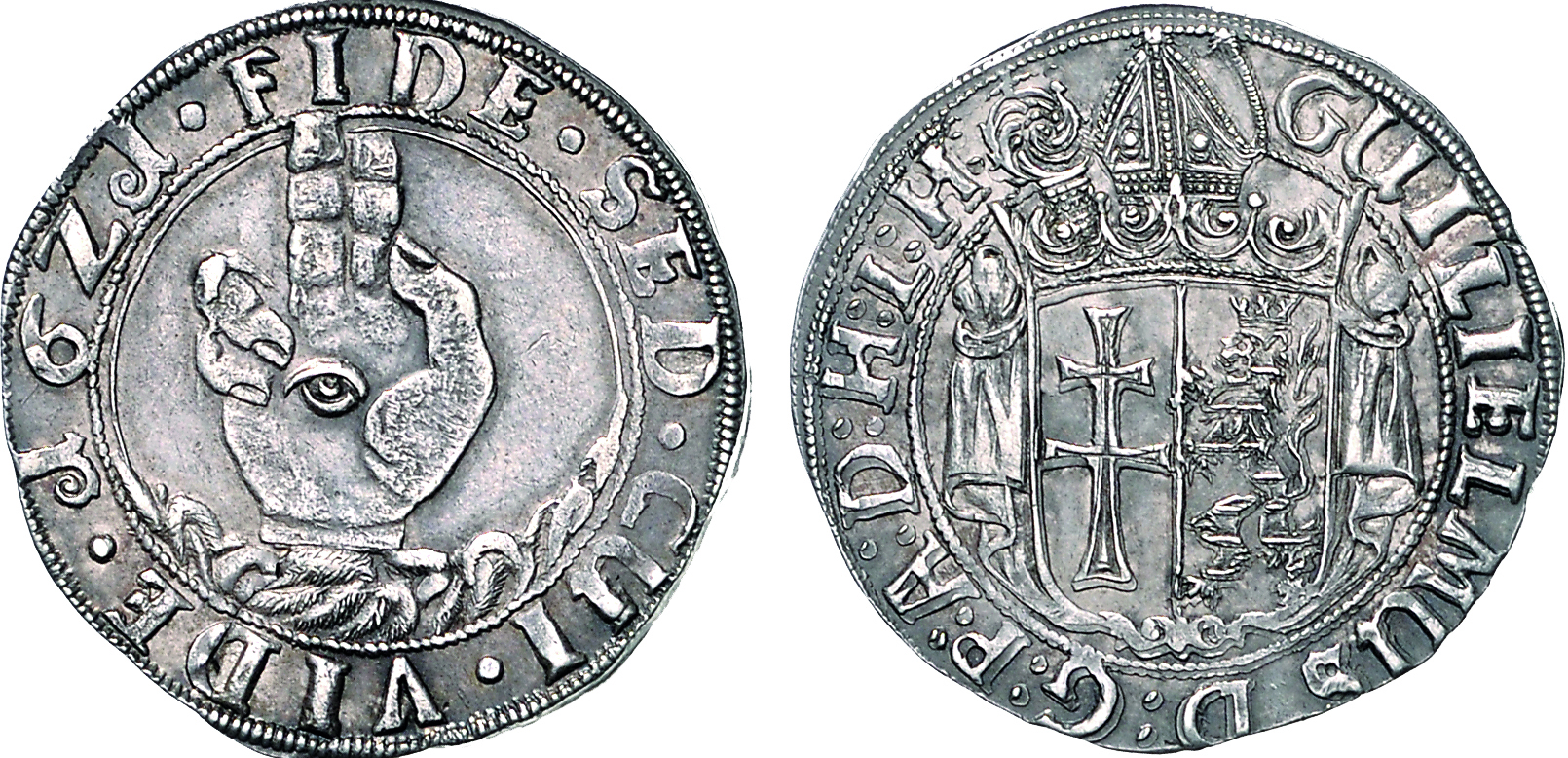

city of Besançon,
3 Pistols 1666 with title Charles V.
Condition: CH UNC
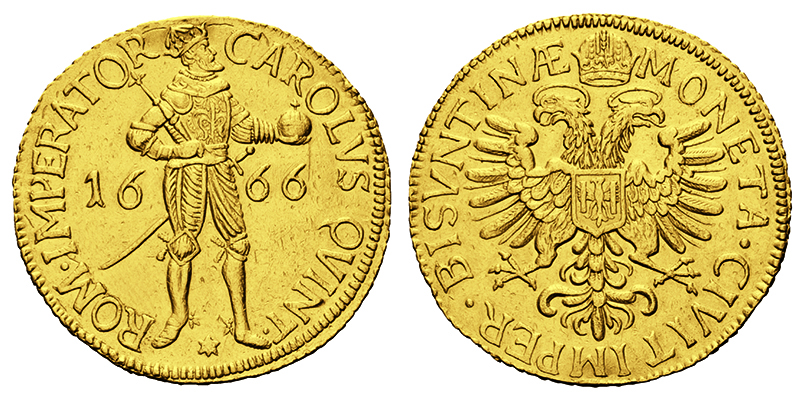
Bavaria, Chaise d'or (imperial shield)
1328-1347 under Emperor Louis IV.
Condition: ef

Reichstaler 1654-1668
under Count Guidobald von Thun.
Condition: vf-ef
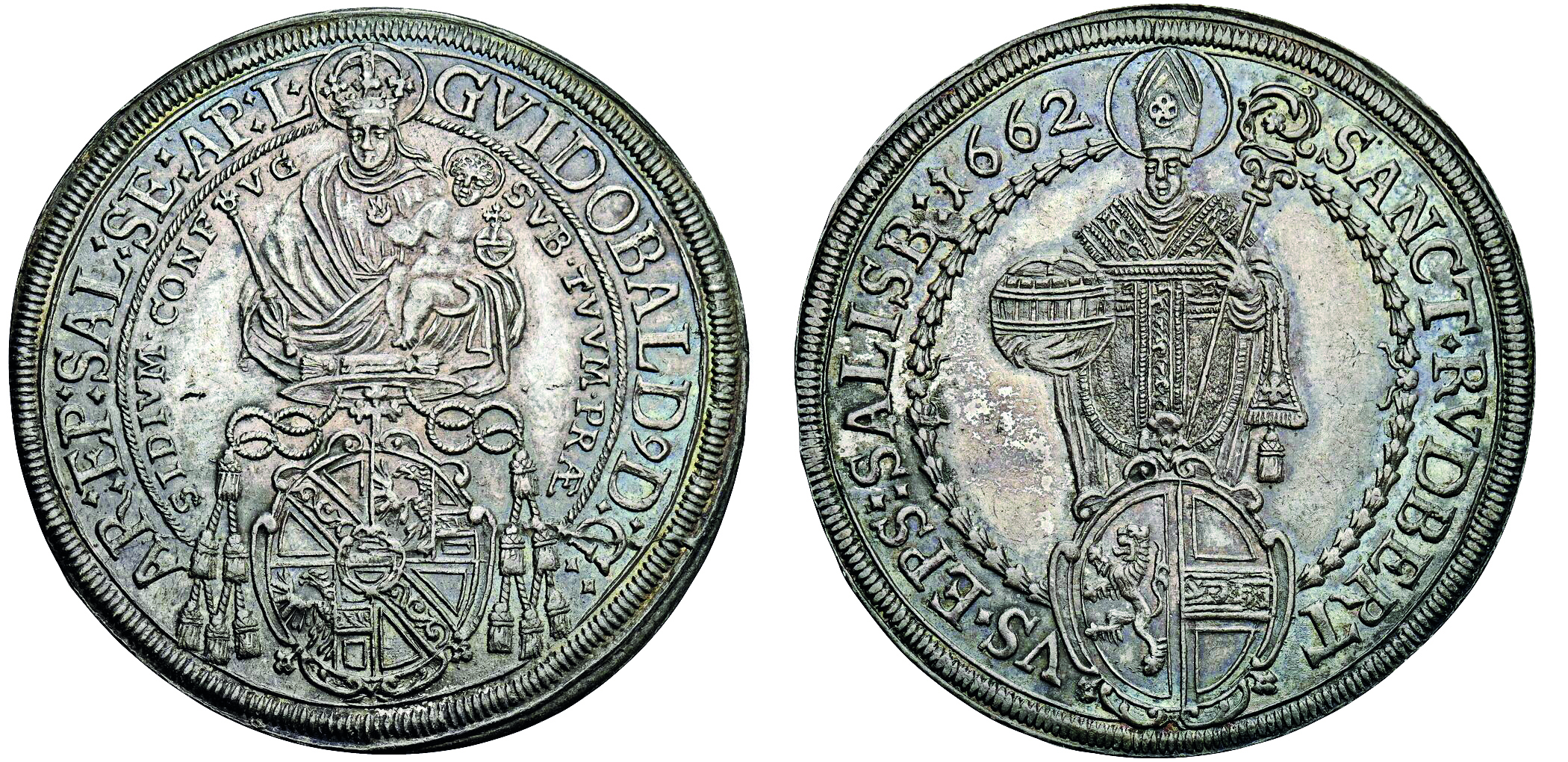
Solidus (491-518)
under Anastasius the righteous.
Condition: vf-ef

Archive: People and Markets
G+D Receives IACA Award for the “Green Banknote”
The “Green Banknote”, developed by Giesecke+Devrient, was awarded by the International Association of Currency Affairs as the new best ecological sustainability project in the banknote sector. Why? Read on.
CIT’ Numismatic Icons – Leon
CIT is releasing the sixth issue in its successful Numismatic Icons series. It reinterprets the early tetradrachms of the Sicilian city of Leontinoi. The impressive motif of a lion’s head – ‘leon’ in Greek – has always made these coins unique.
Archive: Coins, Medals and more
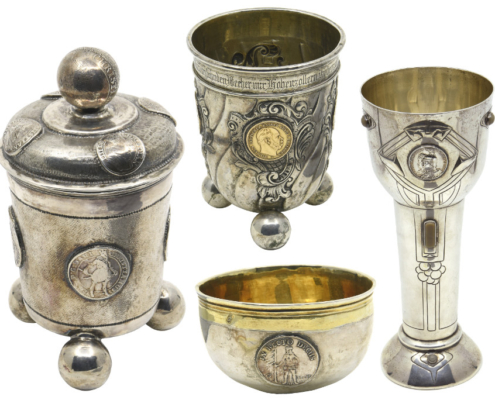
Coin-Embedded Tableware as Part of European Dining Culture
In European castles and treasure chambers, we often come across magnificent coin-embedded vessels. These items represent wealth and knowledge. Although their roots can be traced back to the Renaissance, it was not until the bourgeoisie of the 19th century that they came into their own.
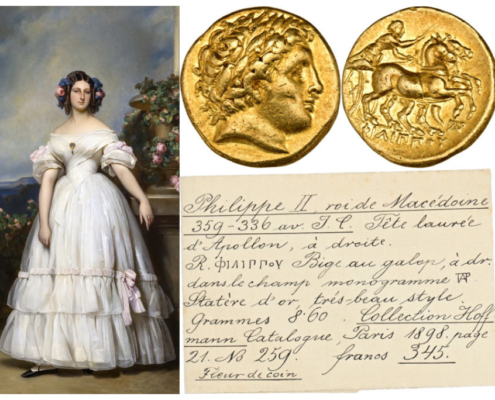
Clémentine d’Orléans: Extraordinary Woman and Coin Collector
Few women have left such a decisive mark on the history of 19th-century Europe as Cleméntine d’Orléans, and yet it was not until 2007 that her life was honored with a biography. Künker is now offering the coin collection that once belonged to this unusual woman.







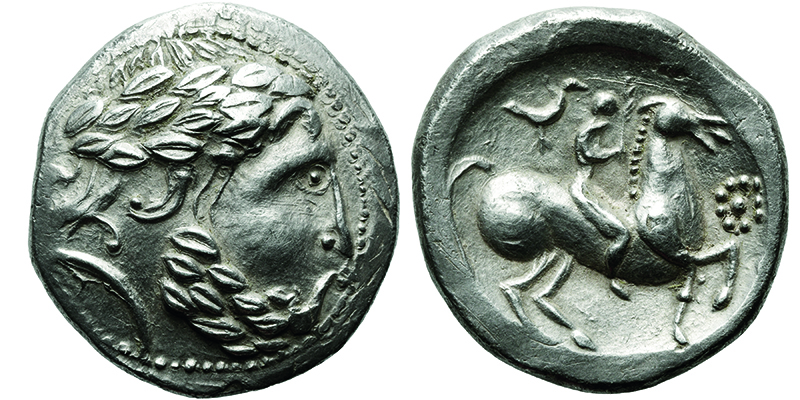

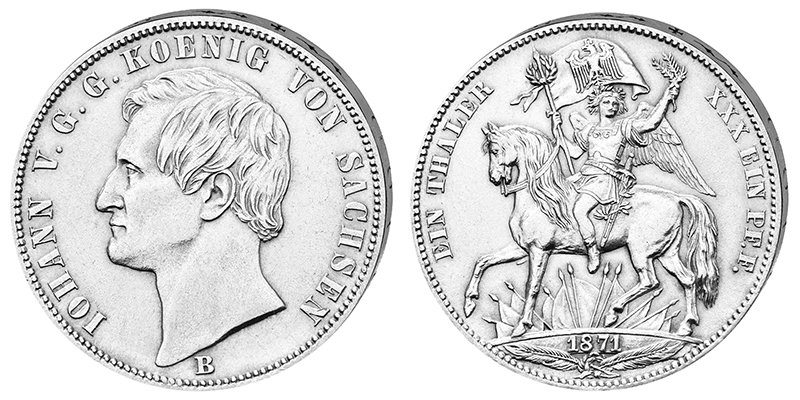
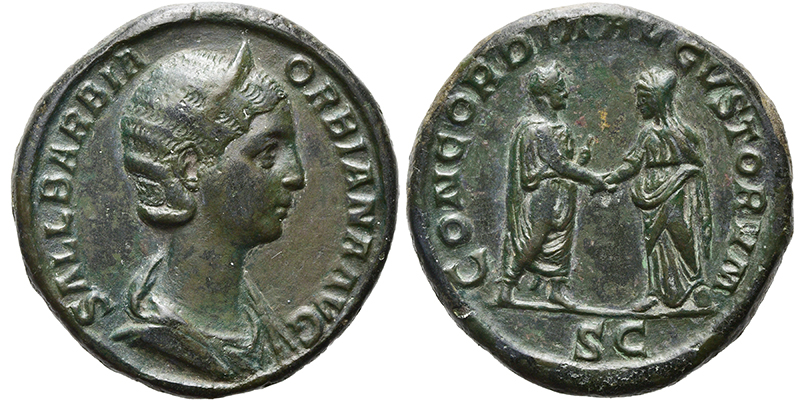

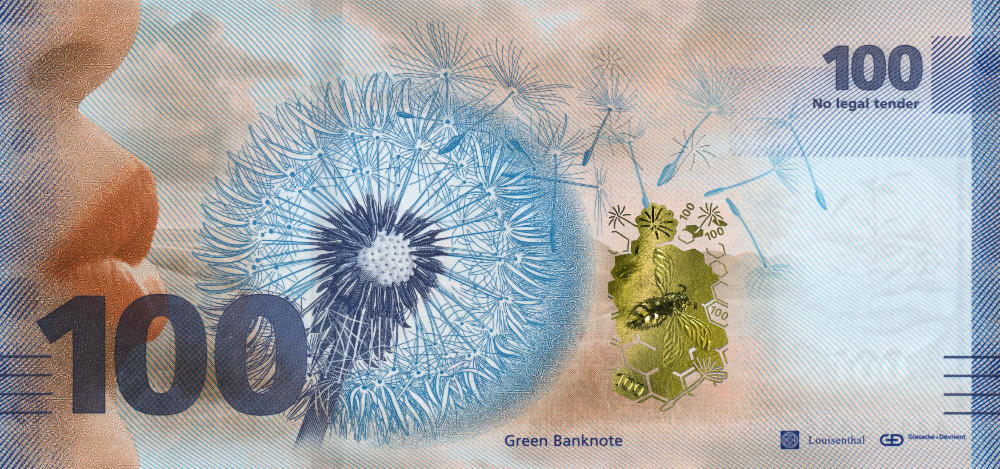
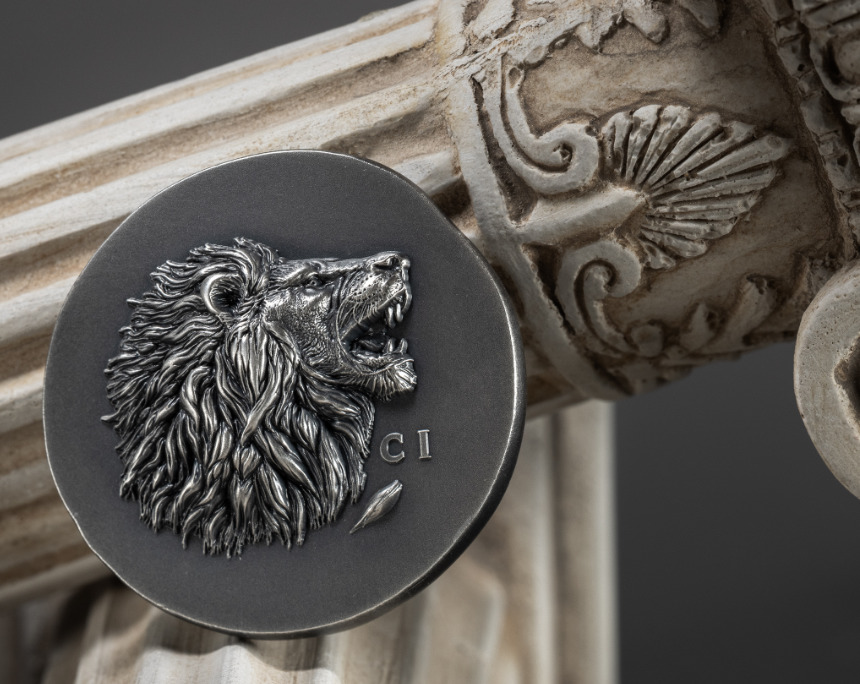

Introducing Nanoshine: CIT’s Butterfly
CIT’s Butterfly seems delicate, fragile and beautiful, just like its real-life model. The technical marvel behind it only becomes apparent at second glance. Nanoshine is a completely new technology with the potential to transform the aesthetics of coin design.
Join the First International Numismatic Alliance Conference!
The first edition of the International Numismatic Alliance Conference (INAC) will be held on May 26th. This free and open for everyone online event wants to offer a new unique opportunity for everyone to delve into the fascinating world of numismatics.